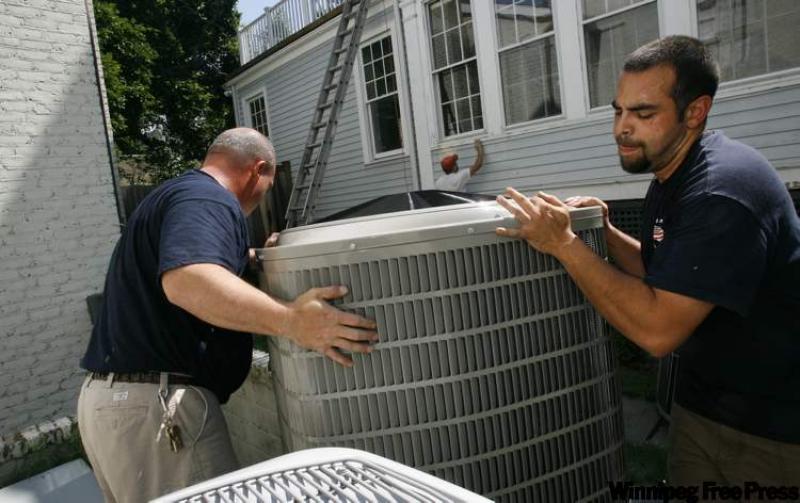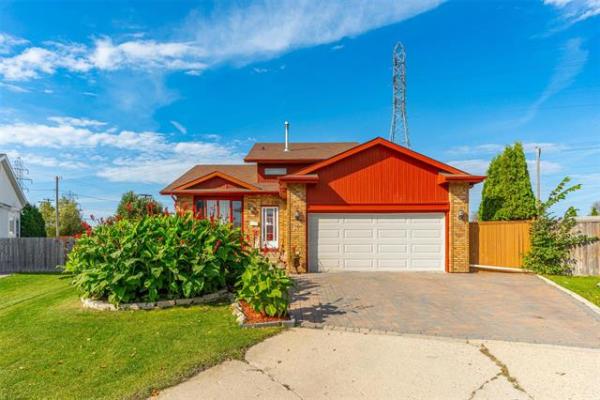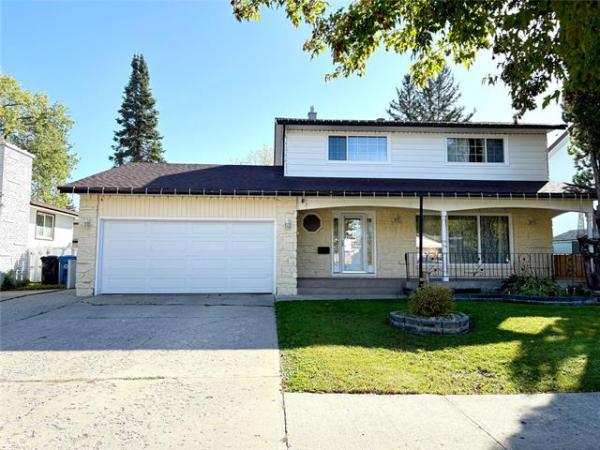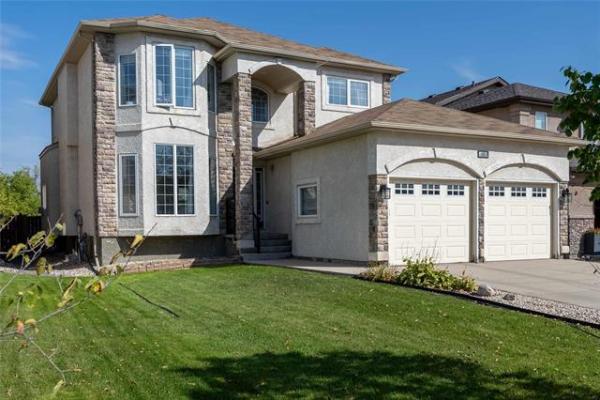QUESTION: I have a three-year-old house in the Westwood area of Winnipeg and last summer the humidity in the house was around 60 per cent. After running the dehumidifier for several weeks it dropped down to slightly below 40 per cent. I have never experienced this kind of humidity and usually have a furnace-mounted humidifier on in the winter to increase the humidity to around 40 per cent.
The only change I have made to the house was in the summer, when I had to have the south basement wall waterproofed with a blue membrane and two-inch Styrofoam insulation and backfilled with crushed rock. The roof vents are clear and working.
After coming home from a two-week winter vacation, with the thermostat turned down to 15 C, the humidity seemed to have increased again to over 40 per cent.
What is causing the high humidity level? What can I do to control it? Where can I purchase a more accurate humidity meter?
Thank you for your reply, Ernie Doerksen
ANSWER: The first question you should be asking is "Do I have a high humidity problem?" before looking for a solution. What you have described is not atypical for a home without central air conditioning. Since you have not mentioned air conditioning, and you're using a dehumidifier, I will assume that your house does not have it installed and will answer accordingly.
We have to be careful when talking about moisture levels in homes because we measure the amount of moisture in the air in terms of relative humidity (RH). One of the variables that make it "relative" is temperature. The warmer the air is, the larger the amount of moisture it can hold, so air with a high temperature can hold considerably more moisture than cold air, even if it has a low RH. Let's look at the typical RH in a home with normal room temperatures of 20 C to 21 C.
In summer, it's not unusual to get an indoor RH reading above 50 per cent because there can be significant evaporation during warm summer days, such as those we've experienced this month. This evaporation can be from lakes, rivers and other natural sources affected by the high temperatures and strong sun.
To help make our homes comfortable, passive ventilation in the form of open windows and doors is traditionally employed. Having windows wide open during hot days will help cool a home by allowing in air and wind, but it will also allow lots of moisture in as well.
If this is the only method you are using to cool your home, it's not unusual for you to reach RH levels of 60 per cent. Considering the RH outside the home can often be in the 70 to 90 per cent range, and that inside air may be slightly cooler and capable of holding less moisture, a reading in your range is likely.
In the winter, especially if your house is closed for two weeks and nobody is going in or out, an RH reading of 40 per cent is not unusually high at 15 C. With an influx of fresh air from going in and out a few times and warming the air to normal temperatures, that level should drop.
In the summer, using a dehumidifier can help reduce the RH in your home, but it may only be effective if all the windows in the home are closed. If you run this device with the windows open, it may not be able to keep up with the influx of moisture.
A better solution, if you have a forced-air heating system, is to install central air conditioning. Central air conditioning works by cooling the air in the home and dehumidifying it at the same time, so it should always be operated with the windows and doors closed. Once it operates for a reasonable length of time, condensation forms on the inside coil, drips into a pan and through a plastic hose to a drain inside the home.
This moisture is being drawn directly from the house air through the ducting in the HVAC system and will not be easily replenished if the windows are closed. Removal of this moisture will significantly reduce the RH, and this is the simple answer to your question.
If you have a hot-water or radiant heating system, which is unlikely in this age of home in your area, it may be more difficult to manage the RH in the summer. Window- or wall-mounted air conditioning units can be somewhat effective, especially if they are installed on the upper floor(s) and used with a dehumidifier in the basement.
Newer high-efficiency units with a fan-forced unit inside and a condenser outside are also a good solution when it's difficult to install typical air conditioning units.
Small, portable electronic hygrometers that measure RH are available at retailers for a moderate cost. As I write this, with the outside temperature well above 30 C and the RH quite high, the small hygrometer/thermometer unit in my office is reading 39 per cent at around 25 C. The reason for the relatively low reading is the constant use of my central air conditioning -- which has been working overtime in the recent heat wave.
Ari Marantz is the owner of Trained Eye Home Inspection Ltd. and the president of the Canadian Association of Home & Property Inspectors -- Manitoba (www.cahpi.mb.ca). Questions can be emailed to the address below. Ari can be reached at (204) 291-5358 or check out his website at www.trainedeye.ca
trainedeye@iname.com




